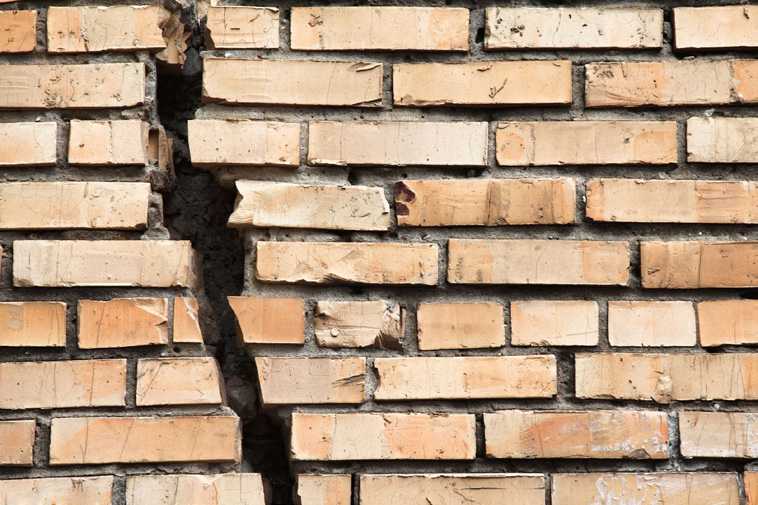

| Topic: Brick Wall Collapses During Manual Demolition | |
| Date Issued: February 28, 2014 | Date Revised: |
When using hand tools such as jackhammers, sledge hammers and picks during demolition or salvaging operations, workers must use proper sequences that start from the top of the structure. Masonry and brickwork should be taken down in reasonably even courses and demolished in reverse order of construction.

February 2014